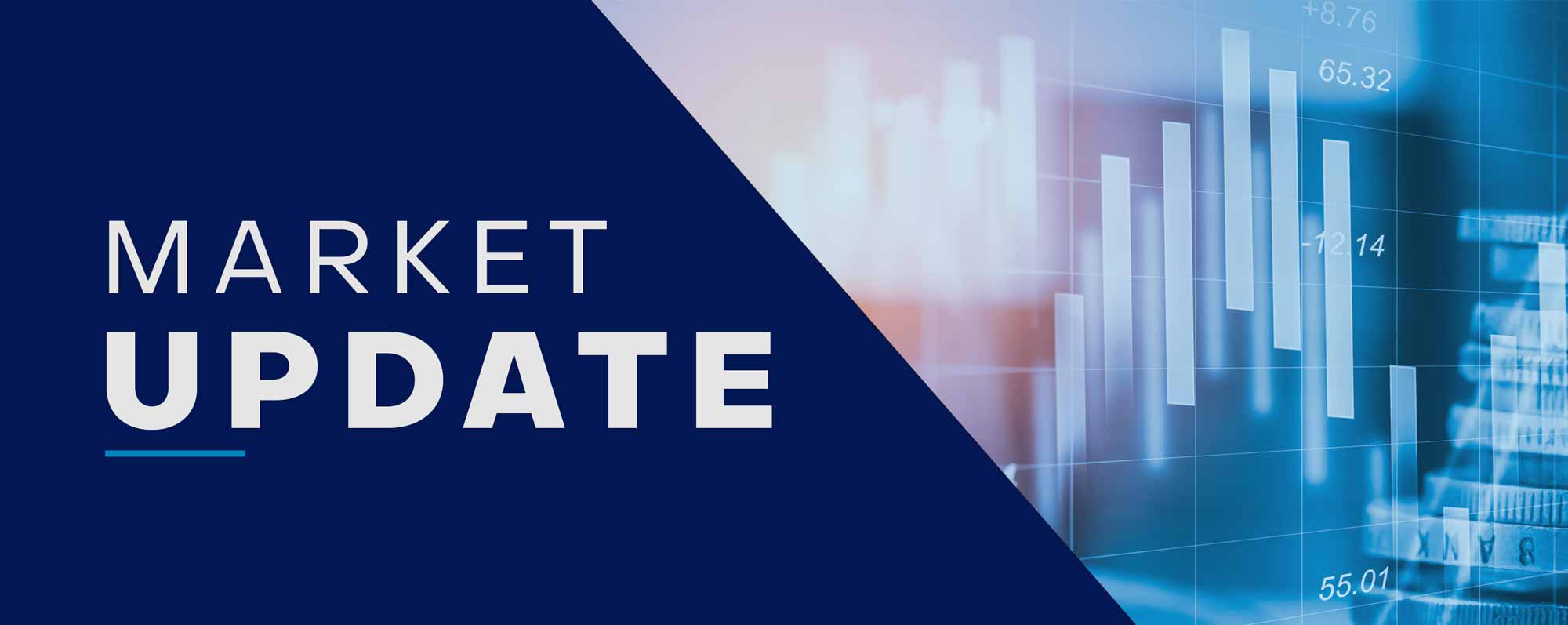Quick Takes:
- Risk Assets Drift Up. For the month of June, risk assets saw some upward momentum, especially in Large Caps and Emerging Markets, but International Equities and Small Caps had a tougher go for the month.
- Inflation Continued Softening. Inflation, as measured by the Fed’s preferred metric of PCE Deflator, showed some promising signs of price pressures easing. While encouraging, Fed rhetoric suggests that they will be patient before transitioning to a looser monetary policy.
- King Dollar. The dollar climbed sharply higher throughout the month of June, especially as other Central Banks eased their respective tightening of monetary policies, leaving the USD as one of the globe’s higher-yielding currencies.
- Personal Spending and Labor Markets. Personal Spending showed robust signs in the June reading for the month of May and Labor Markets showed continued resiliency but might be nearing an inflection point. With Labor Markets continuing to show signs of strength, it’s of little surprise that wages posted a respectable uptick in the June data reading.
Asset Class Performance
Large Caps continued their melt up for the month of June, with Emerging Markets being the only major asset class to outperform. Other major asset classes posted a more modest return, save for Small Caps and Developed International Equities, which were in the red for the month.
Markets & Macroeconomics
Like the incoming summer weather, Consumer Spending showed signs of heating up for the month of May. Some of this increase may be a seasonal effect due to increased travel as the school year winds down, but the bump up in May was an encouraging sign after April’s lackluster data. Thus far, consumers have been the hero of the U.S. economy, and arguably the global economy, throughout the Fed’s tightening cycle as they battle entrenched Inflation back to their long-term target range.
While consumer spending showed signs of warming up, Inflation, as measured by the Fed’s preferred metric of Core PCE, landed in line with market expectations of +0.1% for May. The headline data release gets rounded to 1 decimal point but on an unrounded basis, the metric was up +0.08%. This was the smallest advance since November 2020. With Inflation showing continuing signs of easing as the year goes on, this could lead to a path for the Fed to start loosening monetary policy via their first interest rate cut since the tightening cycle began. Possibly even more encouraging, combining easing Inflation with the recovery in Consumer Spending also opens the doorway to the Fed accomplishing what many market participants thought was impossible by successfully taming Inflation while preventing the U.S. economy from entering a recessionary period. Putting all of this together, the May economic data readings came out largely positive, but by no means does one reading make a trend. The Fed has reiterated multiple times in its collective rhetoric that members intend to be patient and look for sustained trends Inflation is showing persistent signs of cooling off before they begin to ease financial conditions
Bottom Line: The Fed’s preferred Inflation metric for the month of May showed one of the smallest increases since November 2020. This positive reading buoys support for a rate cut later this year and that it may come sooner than some market participants were expecting. While the May data reading was positive, it is likely not enough to completely solidify the case to ease financial conditions and the continued Fed rhetoric leans more towards patience from the members until they have seen sustained signs from the data that Inflation has been wrestled into submission. While Inflation painted a possible picture of the economy slowing, Consumer Spending, ticked up in the month of May.
If Consumer Spending remains robust throughout the summer months while Inflation shows continued easing pressure, the Fed may be able to accomplish what many market participants thought was near impossible; getting Inflation back to their target range without sending the U.S. into a recession.



